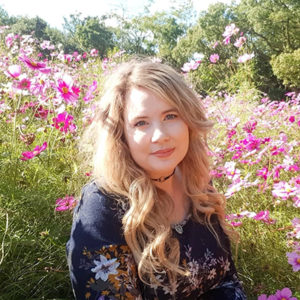
Author
Hannah Cook has been living and working in Osaka, Japan for the last 2 years. She enjoys seeing and trying new things and has been doing her best to experience everything Japan has to offer.
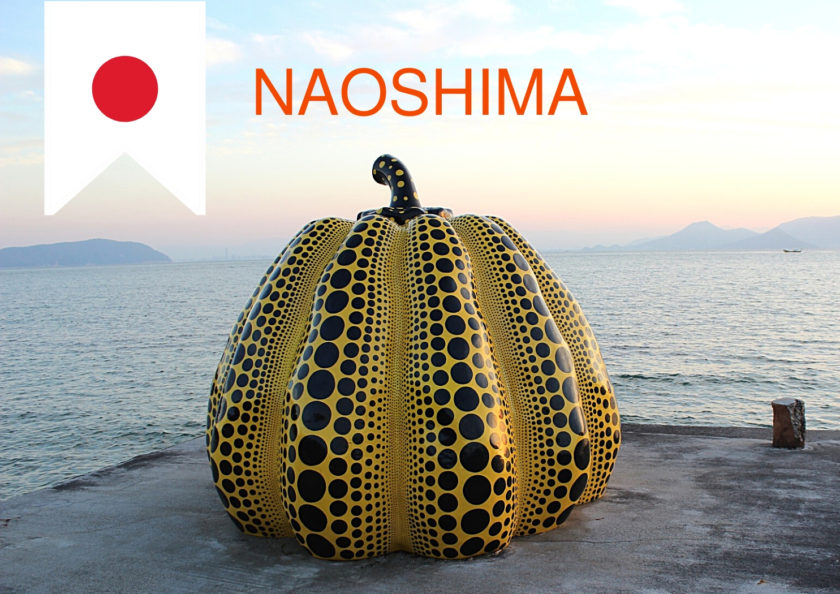
The Setouchi inland sea is one of Japan’s unknown beauties, situated between three of Japan’s main islands. There are thousands of small islands dotting the sea, with Naoshima as the true treasure among them. Naoshima, also known as Art Island, is a small island which has essentially been repurposed into an art lover’s paradise.
Then & now
The island has a small population of around 3000 and is part of the Kagawa prefecture in central Japan. The area is known for its sunny Mediterranean-esque climate. Nowadays, the island is home to a number of art museums and art installations, from a number of well-renowned artists. However, this wasn’t always the case. In the late 1960s, the area was in decline, as is the case of many small towns in Japan. With the initial push of a large publishing company, the area has completely turned around within just a few decades. Benesse Corporation, a huge publishing and education company, bought a large amount of the land on Naoshima to house their art collection and things have been growing ever since.
How to get to Naoshima
When travelling to Naoshima from Okayama, as I did, it is good to allow a fair amount of time for travelling, as while it appears short on the map, it can take longer than expected. From Okayama station it is possible to either take a train or a bus to Uno ferry terminal. Both will take 45mins to 1hour. From Uno, there are regular ferries to Naoshima Island, each taking about 20 mins. In total, it took me about an hour and a half to get to Naoshima from Okayama.
It is also popular to go from Takamatsu to Naoshima. This ferry takes about 1 hour. There are luggage lockers available close to both ports so it is easy to store any luggage when arriving. I was able to view the Art House project houses in the afternoon that I arrived and then find my accommodation. The next morning, after checkout, I took the bus to Miyanoura Port, stored my luggage again, and walked back through the Benesse House sites. An overnight trip was enough to see the majority of the sites available on Naoshima, and it would be possible to see most in a day trip if you have a clear plan.
Accommodation on Naoshima
There’s a variety of accommodation on Naoshima to suit your needs.
For budget accommodation I recommend staying overnight at Guest house Roji to Akari. The location is excellent and it offers a range of private and shared dorms.
For mid-price accommodation, My Lodge Naoshima is great and it has a beautiful terrace overlooking the sea.
For luxury travellers, Naoshima Ryokan Roka is simply breath-taking. It offers an authentic Japanese experience, where no expense to detail has been spared.
→ Search all accommodation on Naoshima
On arrival
Naoshima has two main ports, Miyanoura Port and Honmura Port. Most visitors arrive at Miyanoura Port, although ferries do go to Honmura Port as well. The Benesse Art Site, with Benesse House, Chichu Art Museum and Lee Ufan Museum is located between the two ports, although it is closer to the Honmura port. The Art House Project is also in the Honmura area. The island is only 5km across, making it possible to walk between the different attractions. Rental bicycles are also popular, and there is a regular bus between the two ports.
Where to begin?
With Benesse Corporation being the first to start the revival of Naoshima, it seems only fair to start with their sites. The Benesse Corporation holds the Chichu Art Museum, Benesse House and the Lee Ufan Museum. These were all designed by the architect Ando Tadao in his signature industrial-inspired style, with huge slabs of concrete and geometric shapes. All the buildings are very minimalist and modernist, overwhelming the viewer with their sheer size.
1. Lee Ufan Museum
The Lee Ufan Museum continues this minimalist style in collaboration with Korean-born, Japan-based artist Lee Ufan. As the artist also follows a very modernist style, the building and the art work together in harmony. It includes a lot of work playing with shadow and space and the feelings that can be induced by art. This museum is one of the more recent and smaller additions to the Benesse Art site.
2. Chichu Art Museum
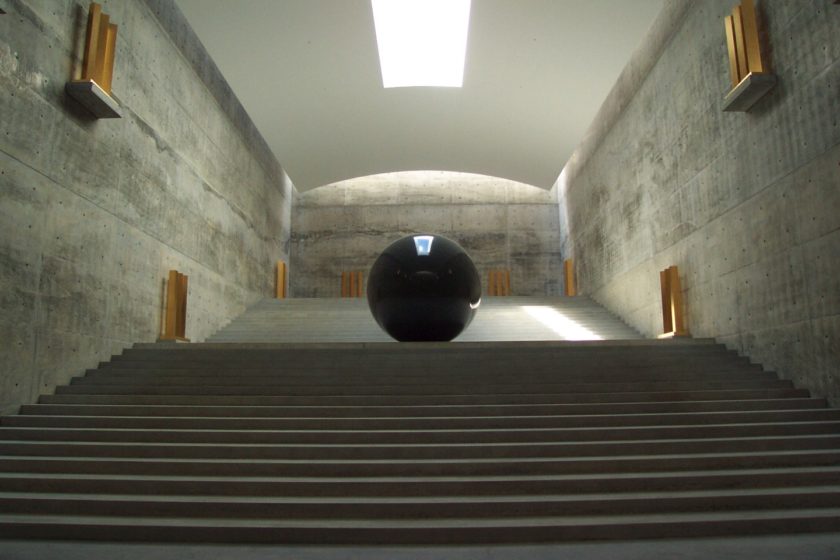
The Chichu Art Museum is one of the most impressive art museums, both architecturally and artistically. The building is completely sunken into the ground, but uses only natural light to view the installations. The museum houses a room of Monet’s Water Lily series, contrasting the traditional paintings in a stark white space with the dark concrete of the corridors. James Turrell, an American artist, takes three rooms of the museum to showcase his works involving the play of light. The most interactive of these will challenge how you perceive light and objects and how the viewer is part of the art. In my experience, the first two rooms were easily-understood plays on light, which meant the final room really took me by surprise and challenged my perceptions.
Finally, there is “Time/Timeless/No Time”, by Walter De Maria. While simple at first glance, there is a large amount of detail hidden in the art. A large black sphere sits imposingly on a set of stairs, with the room surrounded with gold-leaf sculptures. The Space, as it is known, is designed to work with the architectural design of only natural light and looks different depending on the time of day.
The Chichu Art Museum is an amazing journey into minimalist art design and how light and space can be used to create art. One of the often-overlooked features, but one of my favourites was the garden surrounding the museum. It was inspired by Monet’s paintings and designed to give a similar effect, but in real life. It is very different to traditional Japanese garden design and is a lovely breath of fresh air. The multitudes of flowers, all mixed in colour and size, without a clear pattern is beautiful.
3. Benesse House Museum
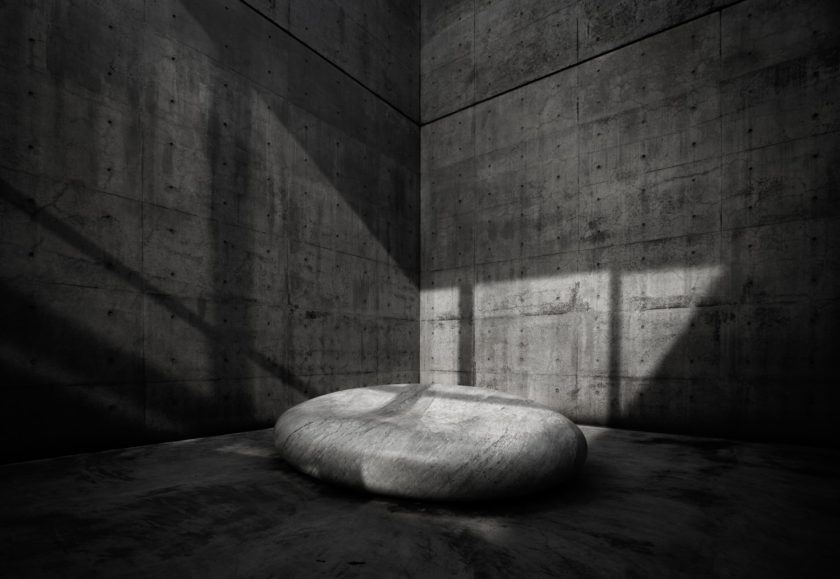
This is the largest on the Benesse Art Site. The complex includes a resort hotel and a number of other facilities. The art of the museum is split between inside and outside.
Within the museum there are 3 floors of art from a range of artists, including Andy Warhol. Some features include “Untitled” by Jannis Kounellis. This is an artwork created during a 2 week stay at Naoshima and mixes raw materials with forgotten objects to show the value of human objects and how they lose value. A number of traditional Japanese objects were used in this piece including kimonos, traditional Japanese paper and earthenware. This piece connects with the past, in contrast to a Bruce Newman piece which explores the fast-paced nature of modern society with neon signs lighting up various intermingled sentences. The viewer is encouraged to sit in front of this and take it in as a slow viewing of fast consumption culture.
There are also more natural, simple works, such as Kan Yasuda’s “The Secret of the Sky”, made up of smooth, curved, marble stones, in the open air. They are intended to be sat upon and the viewer is supposed to inhabit the space above the stone, rather than connecting to the stone itself. In doing this, one can connect with the sky above and in turn, understand ‘the secret’ of the sky.
4. Yayoi Kusama's pumpkins & other outdoor works
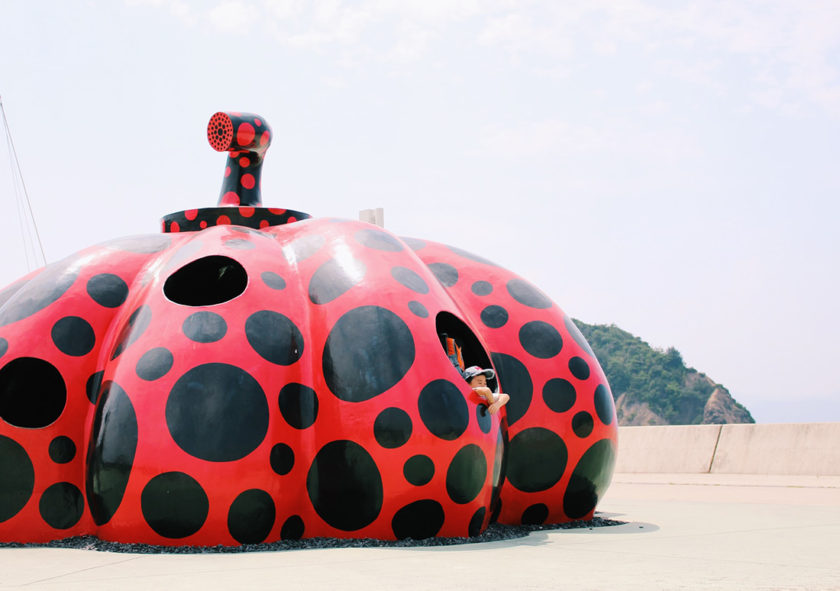
Sprawled over the rest of the site are the museum’s outdoor pieces, many of which are designed to work with the nature of the area. Some of the most famous are the Yayoi Kusama pumpkins, both yellow and red with her signature polka dots. There is also another piece from Walter De Maria, again using black spheres. This one is named “Seen/Unseen Known/Unkown” and is left completely to the viewer’s interpretation. The artist has never talked about this artwork, making it quite mysterious.
Another standout piece is from Japanese artist Kazuo Katase, and consists of what looks like a large bowl on a square stone stand, overlooking the ocean. The piece is called “Drink a cup of tea” and is intended to offer a ‘cup of tea’ to visitors, both local and foreign, in a gesture of cultural exchange.
5. The Art House Project
The Art House Project is a collection of six different local buildings which have been converted by various artists. My personal favourites include “Kadoya”, by Tatsuo Miyajima, “Minamidera”, by James Turrell, and “Go’o Shrine”, by Hiroshi Sugimoto. Kadoya is an exploration of the passing of time and includes ‘The Sea of Time’, a dark body of water filled with LED counters, each set to count at a different pace by a different island resident. Go’o shrine is a previously existing shrine renovated to include modernistic elements. It is one of the most mysterious of the Art Houses, as it is hidden away on a hill, away from any other houses.
Upon arrival it appears as a simple shrine. With closer inspection, there are stairs made to look like ice and an interesting mix of natural and manmade materials. However, it goes further. At each Art House, there is an employee to give an entrance stamp and any instructions necessary. At the Go’o shrine, we were passed a torch and silently directed down a path, seemingly away from the shrine. There is a beautiful view over the ocean, and a low, narrow doorway. By entering this doorway and the small corridor following it, you find the second half of the artwork, inspired by traditional Japanese burial mounds. It is an eerie feeling, to be inside a silent, dark burial mound, while knowing that just outside the sounds and beauty of nature continue.
And finally, there is Minamidera. This is a 15 minute experience, with a limited number of people allowed at each time slot. It is pitch-black and silent, forcing you to rely on the guide to lead you through twisting corridors just to enter the house. It is similar to the Turrell pieces at the Chichu Art Museum in that again, your trust in light and personal perception is challenged, but in a new way. The saying “seeing is believing” is truly challenged here. All of the Art Houses are within about 10-20 minutes walk of each other, making it easy to see all the artworks in one session
Summary
Going to Naoshima is like entering another world. It is so far removed from the main Japanese cities, just by being a small isolated island, and then the multitude of art on the island makes it feel truly unique. Visiting Naoshima was truly unlike anything else I’ve experienced. From the Benesse Art Site with the large, minimalist concrete structures to the small houses of the Art House Project, it is all an amazing experience. For artists and art lovers, it is a dreamland. For the average person, it opens doorways to art that you never knew could exist. Naoshima is always one of my top recommendations for anyone visiting Japan.
Are you planning a trip to Naoshima?
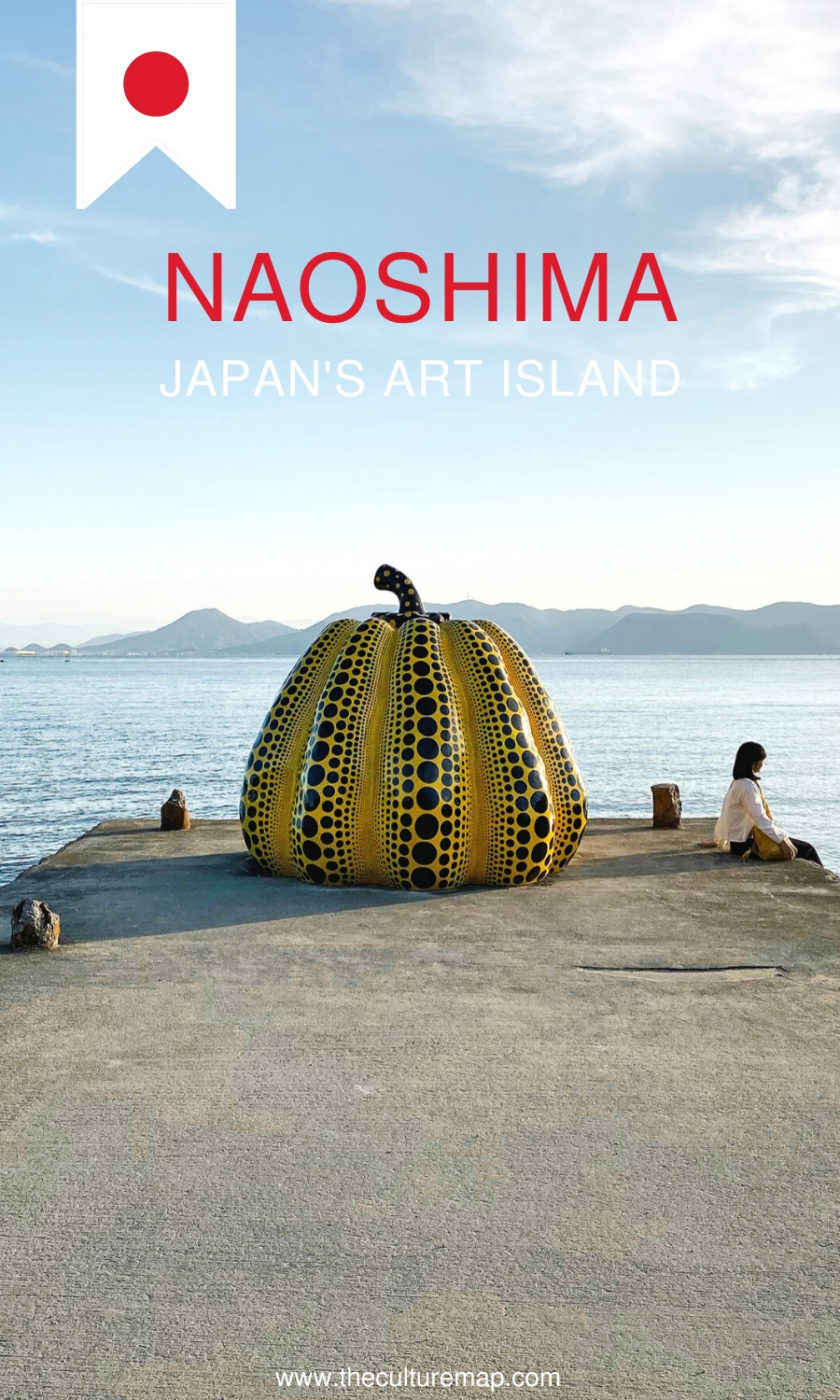

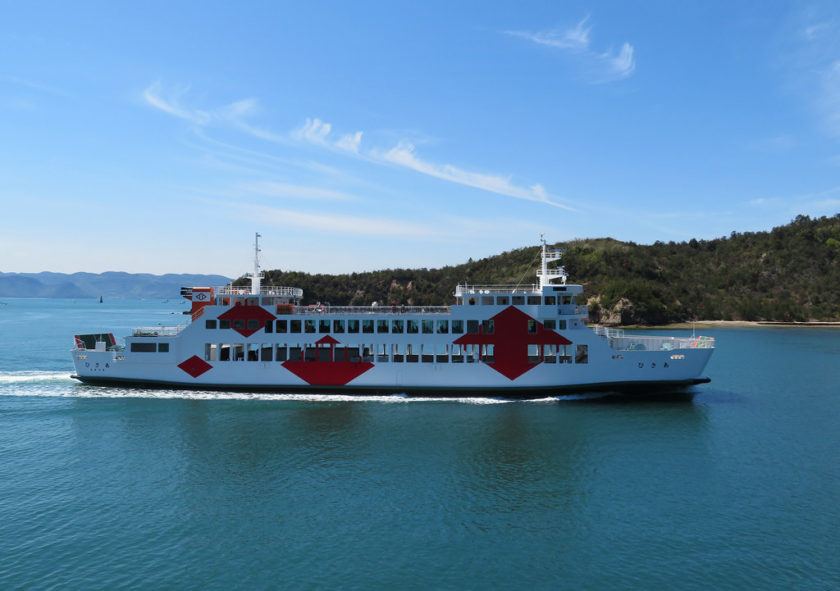


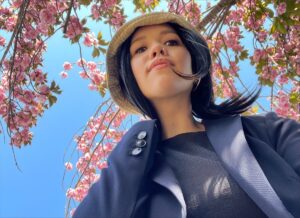
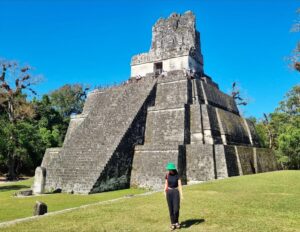
2 Responses
Wow! This looks like an absolutely incredible place! I’ve never heard of it but the outdoor art installations are so remarkable. Thanks so much for sharing!
The installations look even more incredible against the stunning island backdrop, eh? Glad Naoshima is now on your radar!